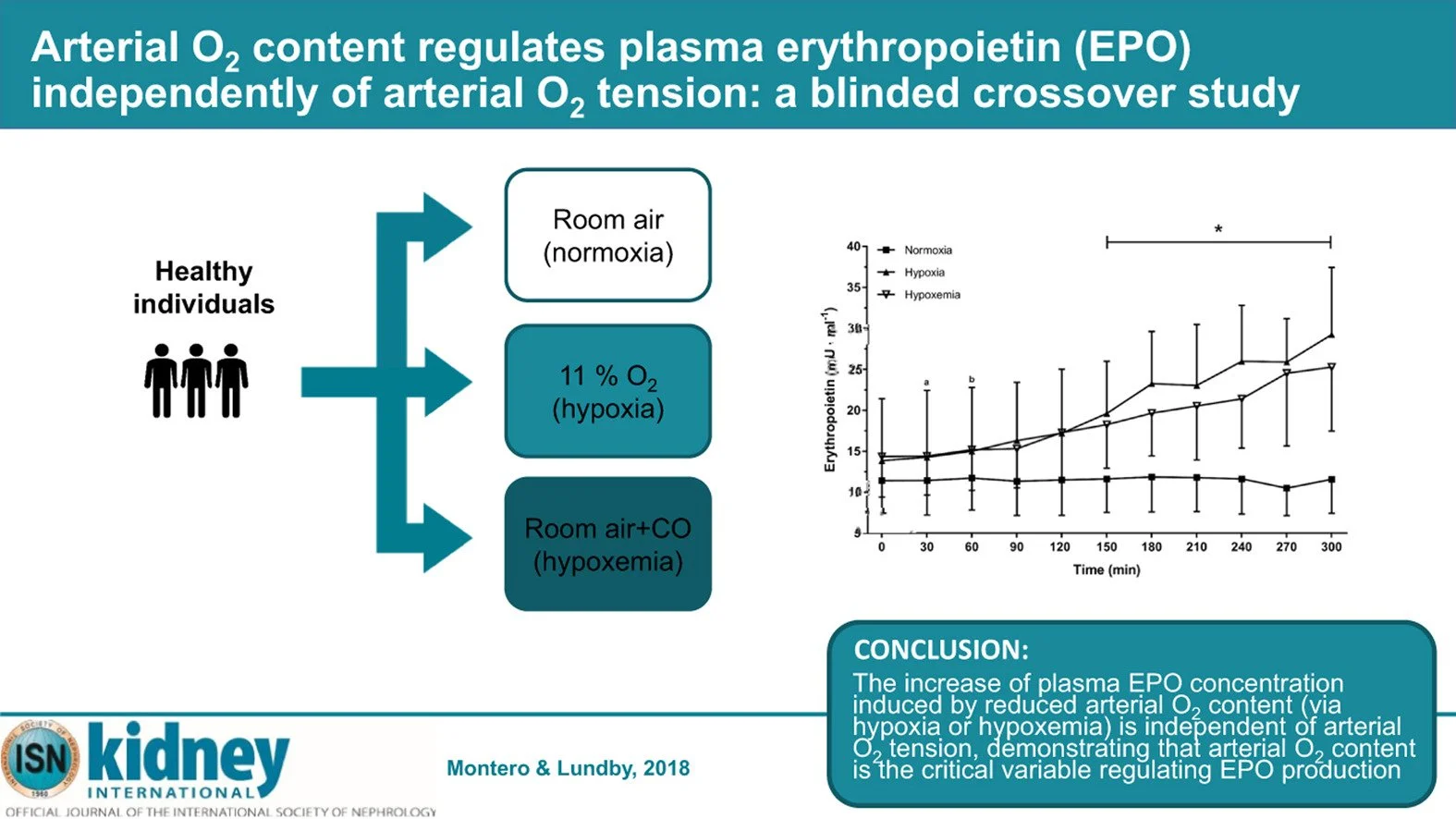Measuring Your Progress with IHT
Biomarkers and Performance Metrics
To truly understand the benefits of Intermittent Hypoxia Training (IHT), it's essential to track your progress. By monitoring key biomarkers and performance metrics, you can gain valuable insights into how your body is adapting to IHT and optimize your training regimen. In this post, we'll explore various methods for measuring your progress with IHT.
Biomarkers: Internal Indicators of Adaptation
Biomarkers provide objective measures of physiological changes resulting from IHT.
Erythropoietin (EPO) Levels:
Measuring EPO levels can indicate the immediate response to IHT sessions.
A significant increase in EPO levels after IHT sessions suggests that your body is effectively responding to hypoxic stress.
Blood tests can measure EPO levels.
Red Blood Cell (RBC) Count and Hemoglobin Levels:
Monitoring RBC count and hemoglobin levels can assess the long-term effects of IHT on oxygen-carrying capacity.
An increase in RBC count and hemoglobin levels indicates improved erythropoiesis.
Complete blood count (CBC) tests can measure these parameters.
Oxidative Stress Markers:
Measuring markers of oxidative stress, such as malondialdehyde (MDA) or superoxide dismutase (SOD), can assess the antioxidant effects of IHT.
A decrease in MDA and an increase in SOD indicate reduced oxidative stress.
Blood tests can measure these parameters.
Ventilatory Thresholds:
Measuring ventilatory thresholds can assess improvements in breathing efficiency.
A shift in ventilatory thresholds indicates enhanced respiratory function.
These can be measured through exercise testing.
Performance Metrics: External Indicators of Improvement
Performance metrics provide objective measures of functional improvements resulting from IHT.
VO2 Max:
VO2 max, the maximum amount of oxygen your body can utilize during exercise, is a key indicator of aerobic fitness.
An increase in VO2 max suggests improved oxygen delivery and utilization.
Exercise testing can measure VO2 max.
Time to Exhaustion:
Measuring the time to exhaustion during a standardized exercise test can assess endurance improvements.
An increase in time to exhaustion indicates enhanced endurance capacity.
This is measured during exercise testing.
Recovery Heart Rate:
Monitoring your heart rate recovery after exercise can assess cardiovascular fitness.
A faster recovery heart rate indicates improved cardiovascular function.
This is measured with heart rate monitors.
Performance Times:
Tracking performance times in specific activities, such as running or cycling, can assess functional improvements.
A decrease in performance times indicates enhanced performance.
This is measured with timers and other tracking devices.
Subjective Measures:
While not as objective as other measures, subjective measures such as perceived exertion, energy levels, and sleep quality can provide valuable insights into your progress.
These can be tracked with journals, or fitness tracking apps.
Practical Tips for Tracking Progress:
Establish a Baseline:
Before starting IHT, establish a baseline for your biomarkers and performance metrics.
Regular Monitoring:
Monitor your biomarkers and performance metrics regularly to track your progress.
Keep a Training Log:
Keep a training log to record your IHT sessions, workouts, and subjective measures.
Consult with a Professional:
Consult with a healthcare professional or IHT specialist to interpret your results and optimize your training.
Conclusion:
By monitoring key biomarkers and performance metrics, you can gain valuable insights into how your body is adapting to IHT and optimize your training regimen. Tracking your progress allows you to objectively assess the benefits of IHT and make informed decisions about your training.
Call to Action:
Implement a system for tracking your progress with IHT.
Consult with a healthcare professional or IHT specialist to interpret your results.
Share this post with others who are interested in measuring their progress with IHT.
